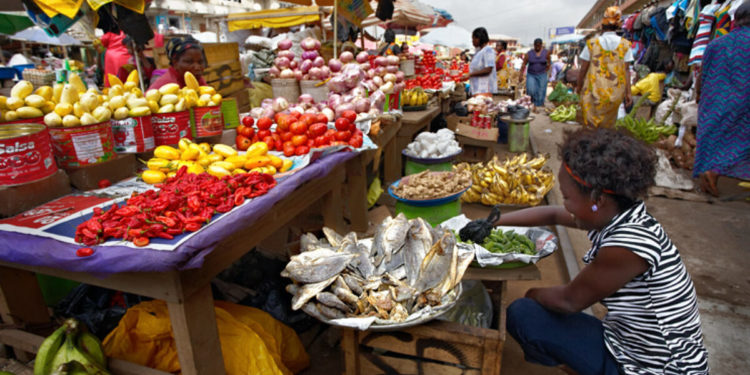Weather will be a major factor in determining food prices in the coming months, according to the latest Market Perception Survey by the Central Bank of Kenya (CBK).
- The prices of kales/sukuma wiki, traditional vegetables, cabbages, spinach, tomatoes and potatoes are expected to be higher in February 2025 compared to January 2025, some reflecting seasonality factors while others reflect impact of inadequate October-December 2024 rainfall.
- Respondents expected prices of sugar and cooking oil to increase slightly in February 2025, reflecting developments in the global market where prices of these items have edged up in the recent past.
The proportion that reported transport costs as a factor influencing retail prices declined slightly to 83% in January 2025, from 86% in November 2024.
This possibly reflects the benefit of relatively long period of pump price stability. EPRA did not change the prices of Petrol and Diesel in the November-December 2024 review period but decreased the prices of the two commodities by KSh 4.37 per litre (Petrol) and KSh 3 per litre (Diesel) in the December-January review. The January-February review saw Petrol and Diesel prices rise marginally by Ksh0.29 per litre and Ksh2 per litre respectively.
“The proportion citing the impact of weather conditions (floods, drought) as a factor influencing retail prices increased to 86 percent in January 2025 from 62 percent in November 2024. This was influenced to a large extent by the higher temperatures in January 2025 relative to the long-term mean for the month. This may also have reflected the impact of inadequate rainfall in some regions,” notes CBK.
The proportion that reported supply chain disruptions to be a factor in driving up retail prices remained more or less unchanged. The impact of ‘distance to market’ increased in January 2025 as farmers reported to be travelling longer distances in search of supplies due to inadequate October – December 2024 rainfall and the hot weather conditions in January 2025 which had affected growing some fast-maturing vegetables.
There were also concerns that labour costs were edging up. In January 2025, 64% of the sampled farmers cited labour costs as a key factor driving prices compared to 43% in November 2024.
The proportion of respondents expecting overall inflation to increase in the next one month and next three months was relatively higher in January 2025 compared to December 2024. Those who expected an increase mostly cited the possibility of reduced market supplies due to inadequate October – December 2024 rainfall in some regions and the possibility of oil price increases due to uncertainties surrounding the Middle East conflict. Respondents expected a stable exchange rate and stability in pump prices to moderate inflation.




